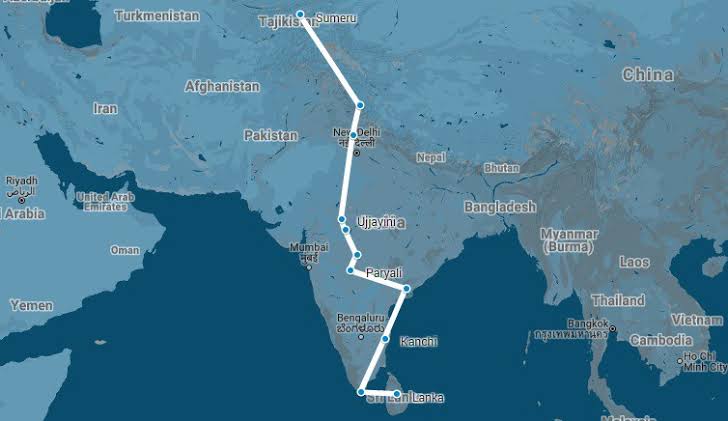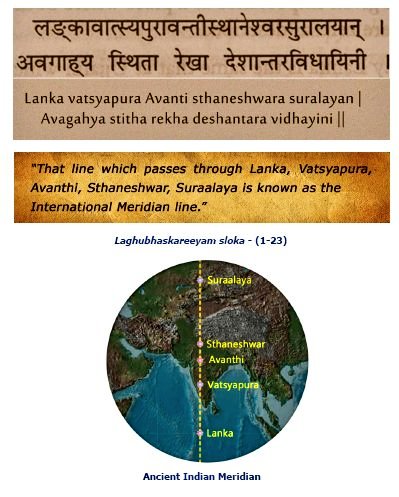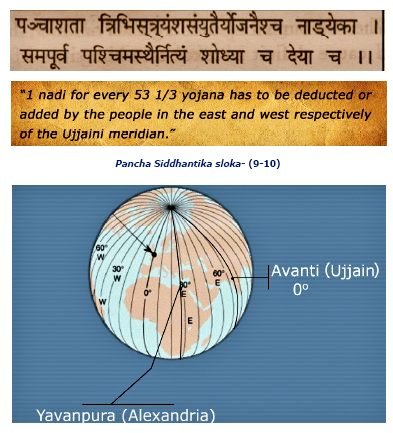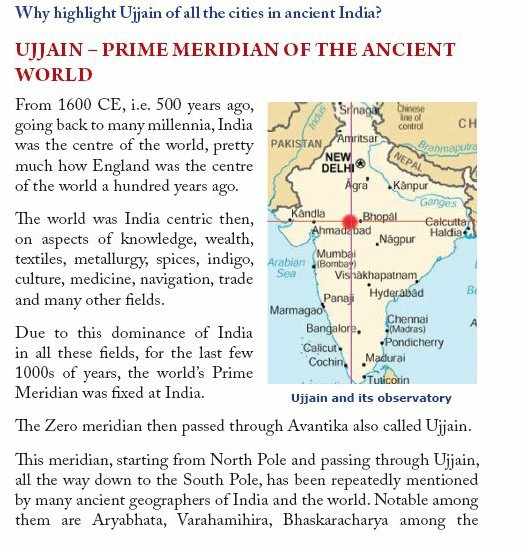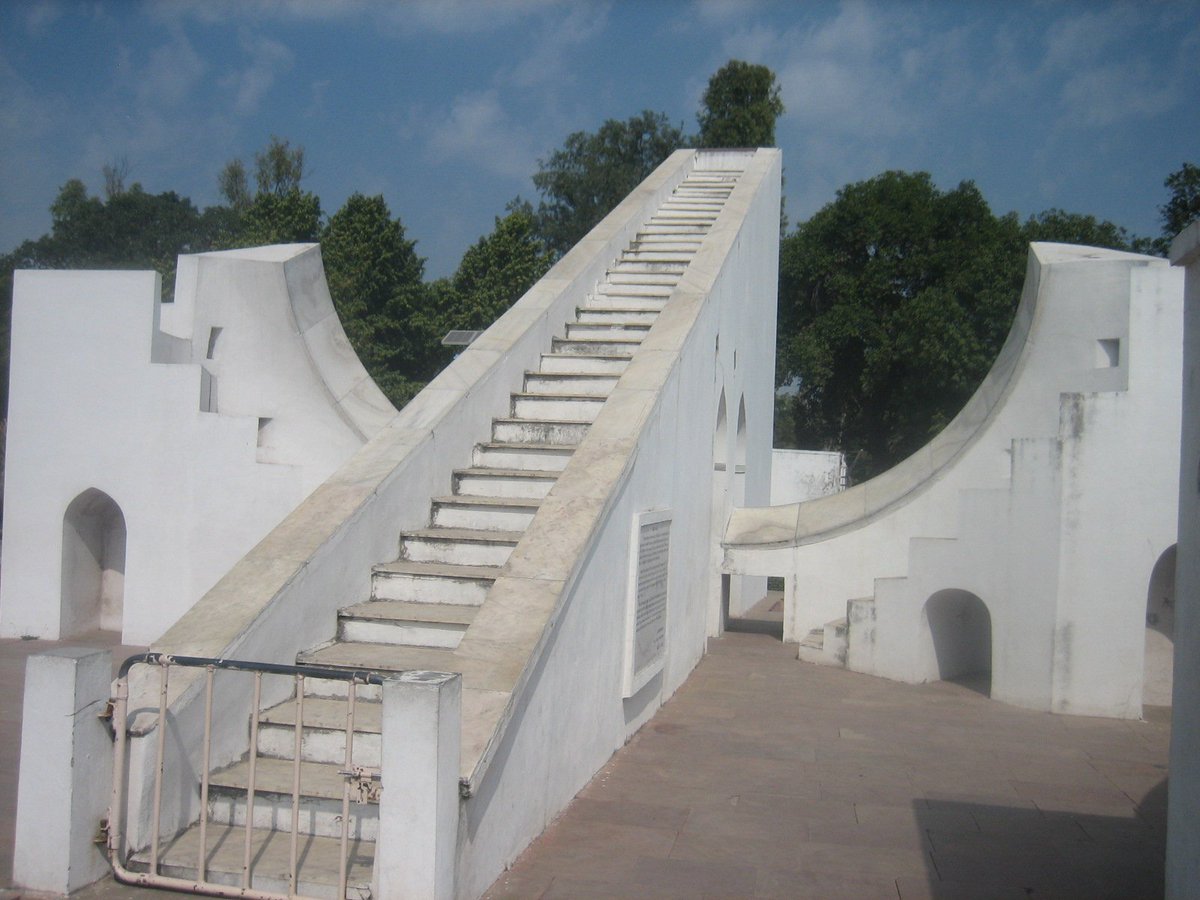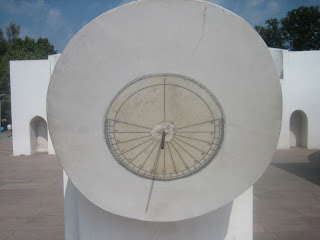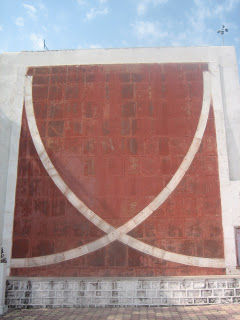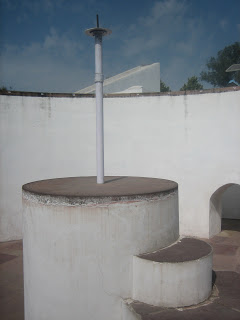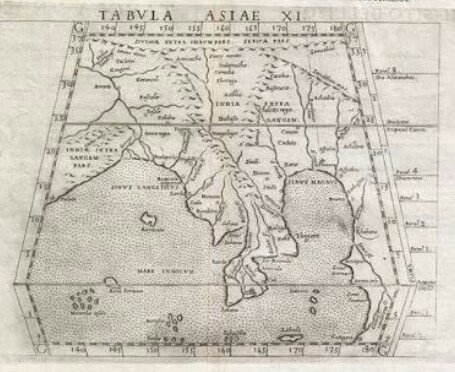Ancient Prime Meridian - Ujjain
Ujjain is literally the crossroad of Space and Time in India. This renowned and ancient city is famous for spiritual as well as scientific reasons. It has stood, quite literally, at the very centre of the development ..
@LostTemple7
Ujjain is literally the crossroad of Space and Time in India. This renowned and ancient city is famous for spiritual as well as scientific reasons. It has stood, quite literally, at the very centre of the development ..
@LostTemple7
Of Astronomy as a science, as well as an instrument of spiritual knowledge & practice. It is the cradle of the Hindu science of astronomy & Timekeeping & the principal seat of astronomical knowledge during its early history. It occupied this position because
@Sanjay_Dixit
@Sanjay_Dixit
it is situated where India’s ancient Prime Meridian and the Tropic of Cancer once crossed.
One of the earliest available texts on Indian astronomy, the Surya Siddhanta, is dated to the 4th century CE. This ancient work explains with complete clarity that the earth is a sphere.
One of the earliest available texts on Indian astronomy, the Surya Siddhanta, is dated to the 4th century CE. This ancient work explains with complete clarity that the earth is a sphere.
It describes many of the scientific methods used for the determination of place & time with respect to India’s ancient Prime Meridian. From the text it is clear these methods were already thousands of yrs old at the time of its composition.
Indicating the great age of India’s zero longitude, or Prime Meridian, of Avanti, the ancient name for the historic city of Ujjain 23°10’58”N & 75°46’38”E.
A Prime Meridian is an imaginary line drawn b/w the N & S Pole. A Prime Meridian is a meridian in a geographical coordinate
A Prime Meridian is an imaginary line drawn b/w the N & S Pole. A Prime Meridian is a meridian in a geographical coordinate
system at which longitude is defined to be 0°. Together, a prime meridian and its antemeridian form a great circle. It is a zero point for both time and geographical calculations. Today the internationally accepted Prime Meridian runs through Greenwich, in England.
In India this line always drawn through Ujjain. This is stated in all ancient texts on astronomy. It is what made Ujjain a very scared city. Dedicated especially to scared time. The Jyotirlinga here dedicated to Mahakala -The great time. All Indian traditional calendars &...
All scared time is calculated through this line. It is also the basis for all geographical calculations. Many of its temples are in some way connected to Time & Space. In 18th century 1 of the still existing observatories for astronomy was build by Maharaja jaysingh ।। in 1725.
Known as vedshala or jantar mantar it consists of 13 architectural astronomy instruments that measures many astronomical phenomena with great accuracy. Some of them are-
1. Smrat yantra
2. Nidhi valaya yantra
3. Bhitti yantra
4. Digansh yantra
5. Shanku yantra
1. Smrat yantra
2. Nidhi valaya yantra
3. Bhitti yantra
4. Digansh yantra
5. Shanku yantra

 Read on Twitter
Read on Twitter